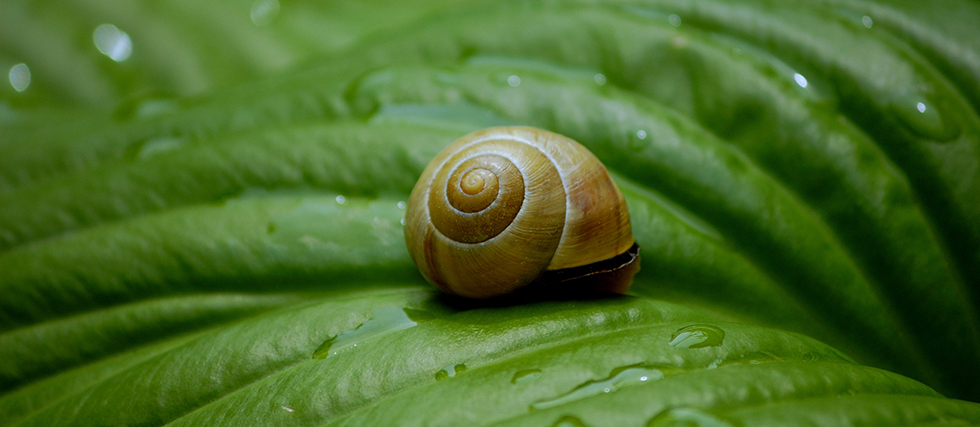Snails typically sleep for 13 to 15 hours a day. However, they can hibernate in their shells for up to three years when the weather is too hot or cold.
This is not the same as sleeping. Hibernation is a state of inactivity and reduced metabolism that allows snails to conserve energy when conditions are unfavorable. Snails that are hibernating have a lower heart rate and may appear dead. To wake up a hibernating snail, you can warm its enclosure and add moisture.
Snails may also enter a state called estivation if their environment is too hot and dry. During estivation, snails may secrete a mucus coating to protect themselves from the heat.
As sleepy as snails can be, they are far from the sleep champs in the animal world. Some other sound sleepers include:
- Sloths: Can sleep up to 20 hours a day in a zoo
- Little brown bats: Can sleep up to 19 hours a day in captivity
- European hedgehogs: Sleep for about 18 hours a day
- Opossums: Sleep for 18 hours a day
- Pythons: Can sleep up to 18 hours a day
- Tigers: Sleep 15.8 hours a day
- Giant armadillos: Sleep 18.1 hours a day



